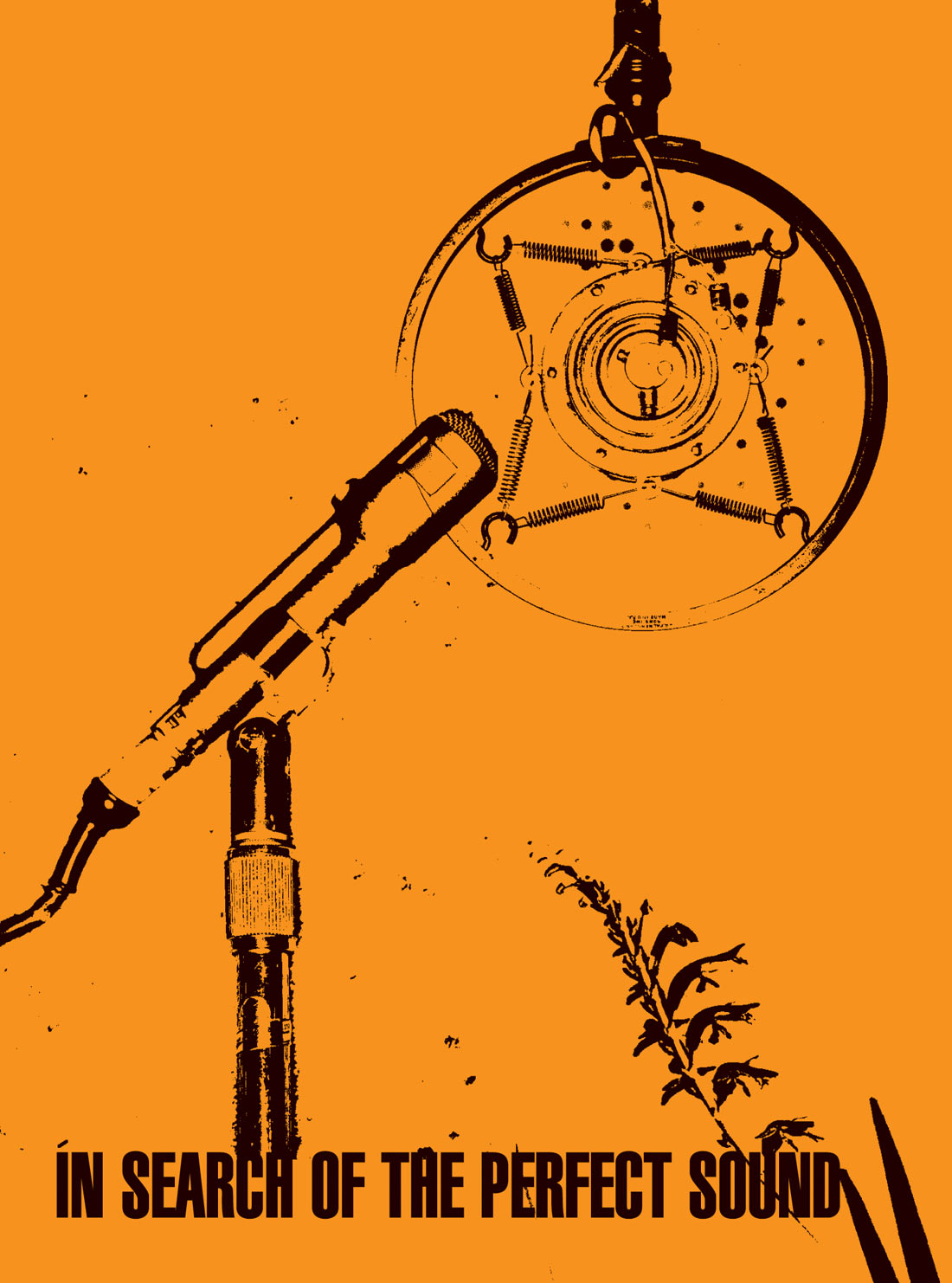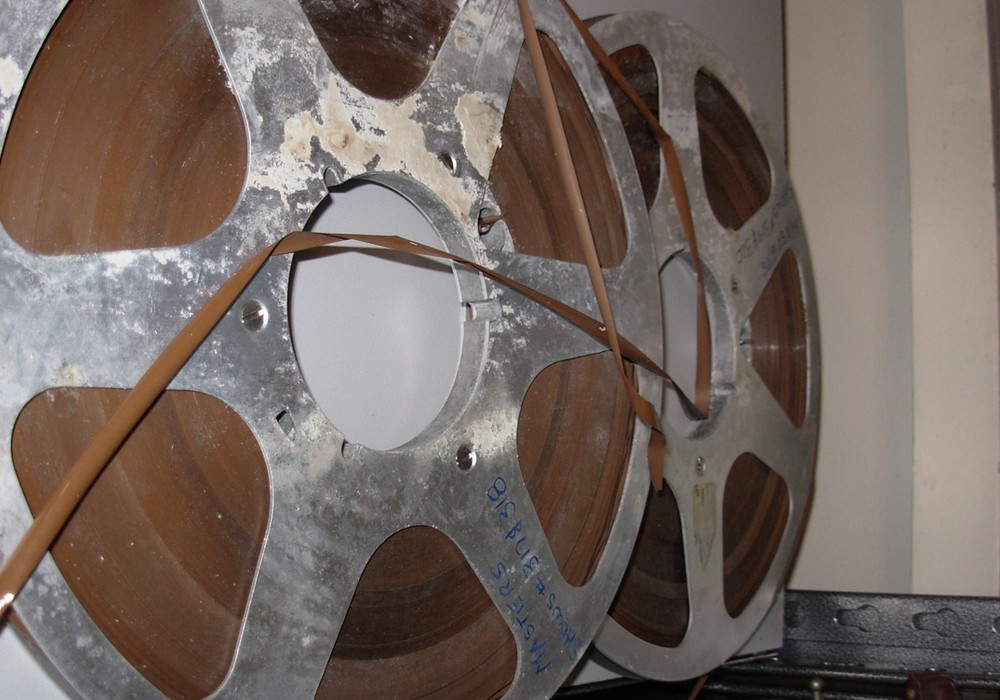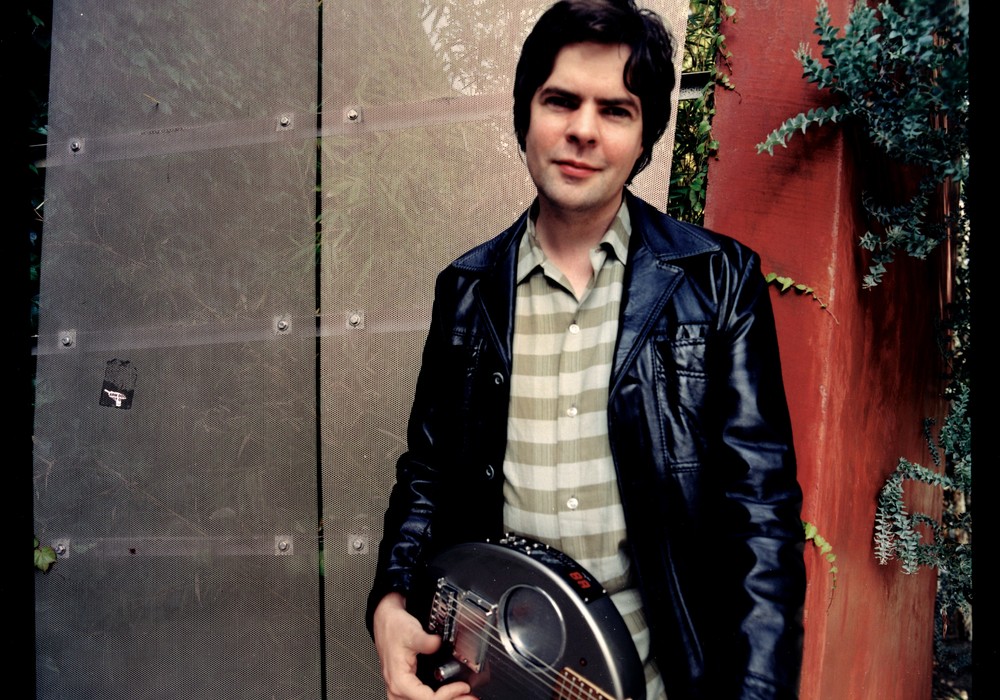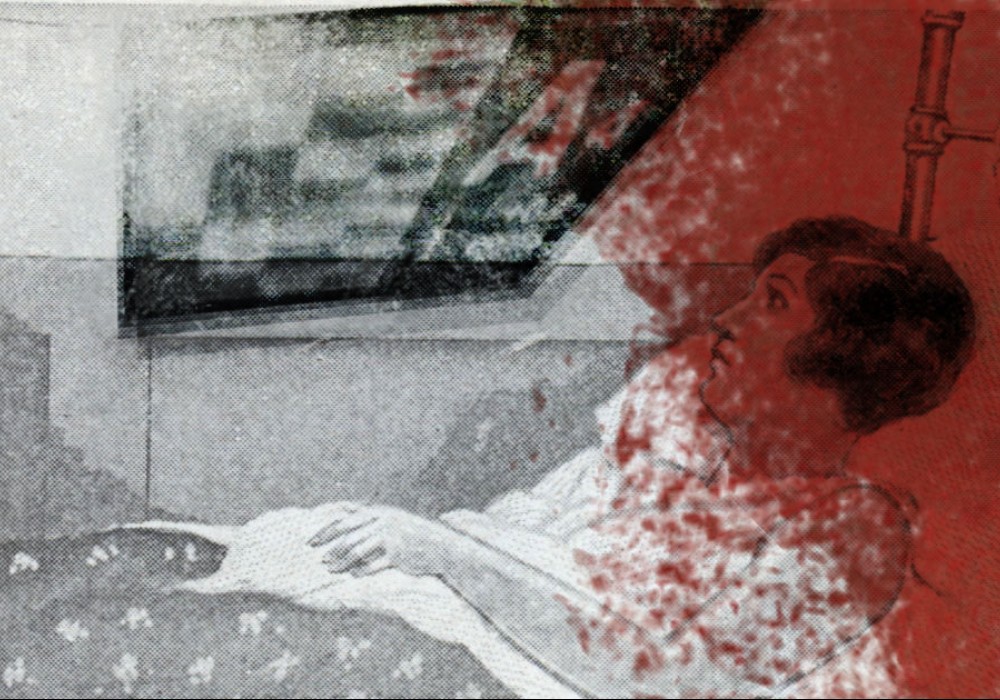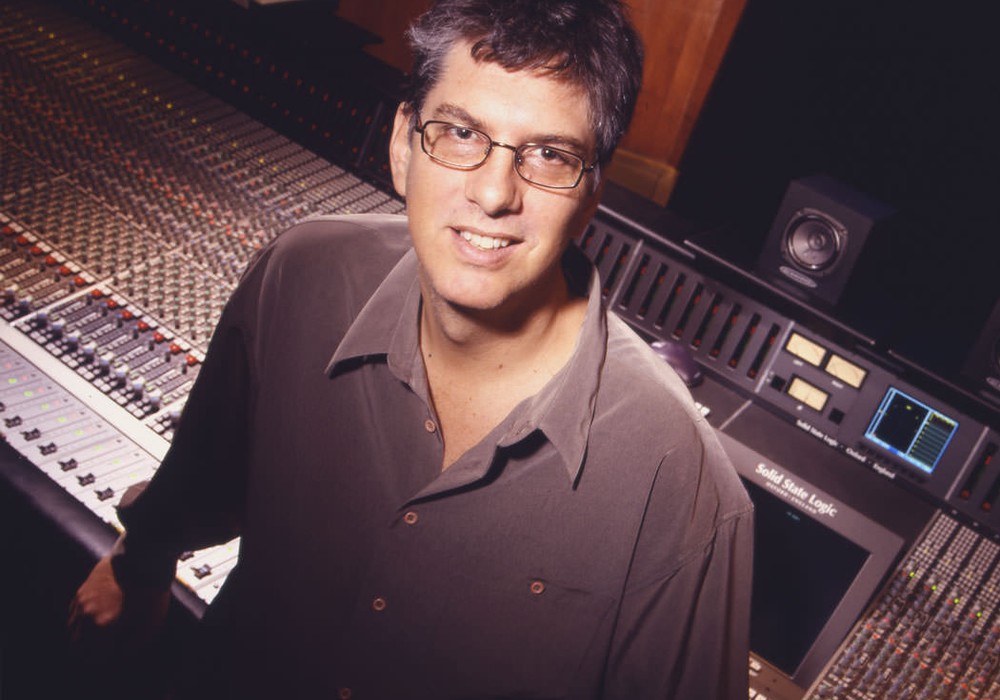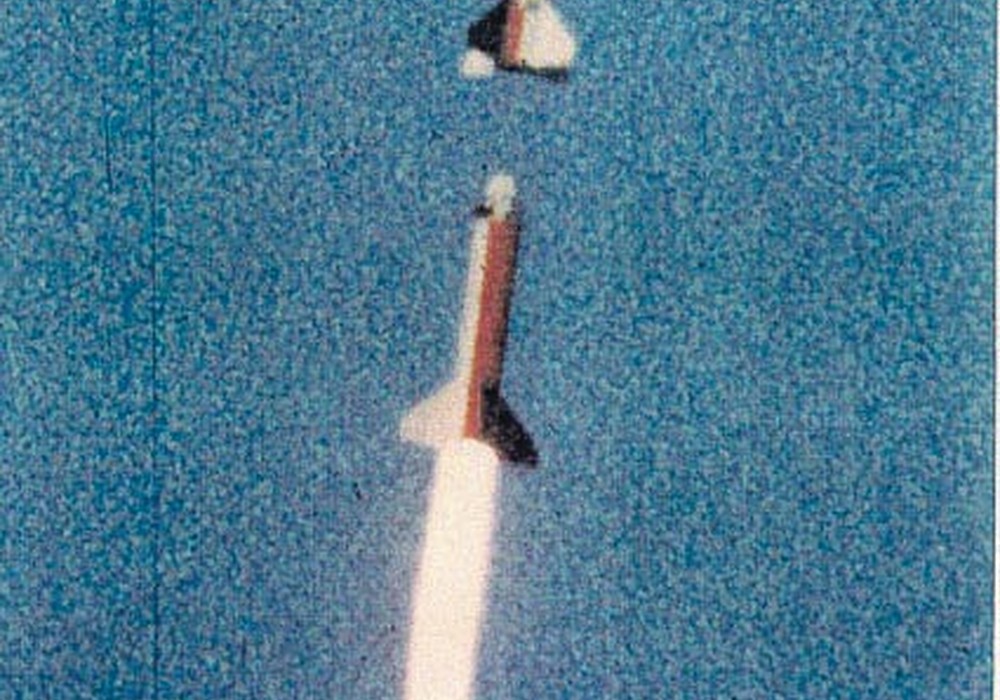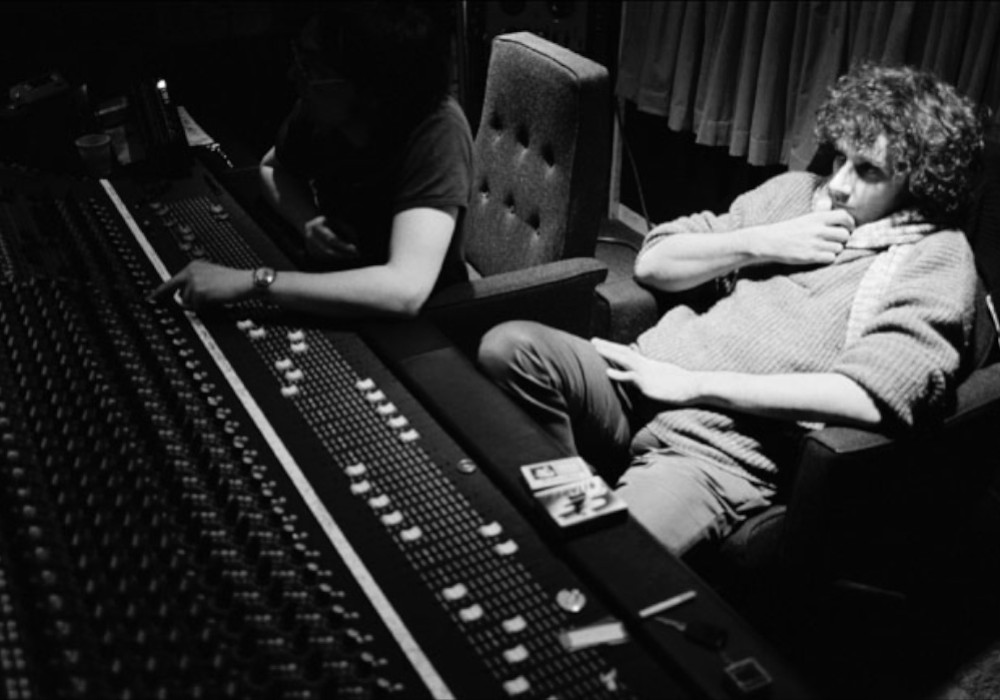These are original masters of a radio show that was done from 1954 to 1956. Some of the tapes I got had 3M numbers on them, and it's among the earliest known tape. The Buddy Cole Band was four guys, with keyboard, bass, guitar, and drums. It was like a cocktail band, and Bing would sing. It was all done live; there was no multitracking in those days. They went into a studio, and each guy had a mic. These were guys that could play. — RK
Let's talk about the Bing Crosby radio project.
It's probably the biggest splicing project ever done in analog tape. I did over 50,000 splices.
Just having to restore the splices that were on the original tapes?
The tapes were poorly stored. Many of them had been flooded, the boxes were melting and the tapes were molding, and I had to go through inch by inch with a camel hair brush to wipe off the mold, restore each of the splices, and fix where they had torn. It was acetate tape. It was before the poly tape that they use now.
That's more brittle, right?
It's brittle, and it doesn't stretch — it breaks. It just snaps. Which in some ways was a good thing, because if it stretches, you can't play it. If it snaps, you can put together the 30 pieces with a magnifying glass. [laughs]
How did that job come to your hands?
I had lived next door to Bing Crosby's daughter up at Indigo Ranch. The ranch was originally John Barrymore, Sr.'s place, Drew Barrymore's grandfather, and it was 60 acres overlooking the ocean with orchards and streams and waterfalls in Malibu. And my second-closest neighbor, who was about a quarter of a mile away (we had a good buffer), was Mary Crosby, Bing's daughter. We had been close friends over the years, and when she and her husband went up to Kathryn Crosby's (Bing's widow's house) by San Francisco, he was rummaging through the basement and he opened up this closet and it was like floor-to-ceiling with tapes.
Nobody had known?
Nobody had looked, and nobody had even known that these tapes existed. What they were is original masters of a radio show that was done from 1954 to 1956, some 53 years ago. They were played on the radio once and then stuck in a box and put on the shelf. So, 53 years later, he's rummaging through the basement looking for something, finds this closet of tapes, and is like, "Oh my god, these might be something special! Who knows?" They had no idea what was even on them. So, the son-in-law calls me up and says, "Richard, I know and respect your work. I know you've gone into retirement." I'd just sold the ranch and moved here, gotten rid of all my gear to Sonic Circus. He said, "What we're going to do is I'd like to hire you for a couple of days to come down to Capitol Records' studios, and we're going to go through a sampling of the tapes, and I'm going to have a bunch of world-famous guys there to decide who's going to do this project. Could you just sort of oversee this thing and make sure I don't get screwed?" So I went down to Capitol, and I'm not going to mention any names, but there were a couple of very prominent producers and engineers there that were handpicked to possibly do the restoration. The first guy takes one of the tapes, puts it up on the Studer, miss threads it, and snaps the tape. A master tape of an unreleased album.
These things make me nervous.
Yeah. Not only snaps it, but this was a 1-inch 8-track, and it was poly tape, so it didn't just snap — it stretched, and then broke into a number of pieces. And it was in the intro to the key song on the album.
Oh god.
Well, I just said, "Maybe we can fix it." He said, "That's impossible, that's the only copy of it." The next thing that happened is another one of these guys takes one of the 1/4-inch tapes, which is one of the radio show tapes, puts it up on an ATR, and hits rewind. The old splices in this acetate tape just come flying across the room, and the tape goes into 22 pieces. I stepped in at that point and said, "I'm gonna operate the tape." I started operating the tape, and then we had some things to mix down, and to EQ, and to change, and compress, and stuff like that, and nobody seemed to know what to do! So I just...
